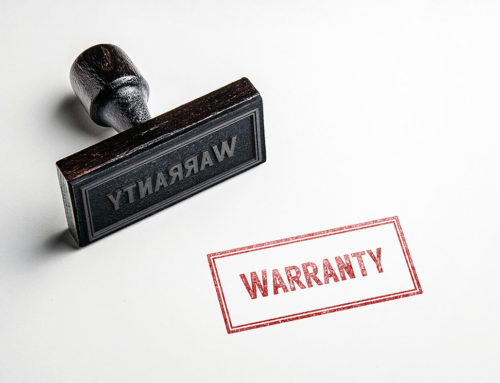
Lightning rods are also known as an air terminal, lightning conductor, finial, and strike termination device provides a conductive path to ground.

Charge dissipation terminal — or charge redistribution terminal — uses point discharge to reduce static charge buildup

Early streamer emission terminals aim to be a more attractive target for developing lightning strikes than surrounding structures.
Finding the right lightning protection system
So, you need a lightning protection system. It should be simple; you go online and place an order for…. wait a minute… Why are there so many choices? How do you know what you need? Take a deep breath, and don’t panic. We can help you select the right lightning protection system. As you may have already figured out, there are numerous lightning protection systems. Each option works differently. Understanding how they work will help determine what will meet your needs. There are three basic types of systems. And while none of them are wrong, some are better suited for different applications.
Lightning Rod
lightning rod, invented by Benjamin Franklin, is a pointed metal rod attached to a building’s roof. The rod is then connected to copper or aluminum wire (conductor) to ground electrodes buried in the earth. Lightning rods are often misunderstood. Many people believe lightning rods “attract” lightning. It is better stated that lightning rods provide a conductive path for an existing electrical charge already in the vicinity. The reason why lightning rods are placed on buildings is to provide a low-resistance path to ground. Since lightning always seeks out the easiest route, the lightning rod is more likely to be struck instead of the building. This protects structures from massive heat damage, fire, and other dangers associated with the flow of enormous electrical currents. While it is not given that a lightning rod will always be struck when lightning is in the immediate area; due to its placement, the probability is higher than the structure to which it is affixed.
Charge Dissipation Terminals (CDTs)
Charge dissipation, or charge redistribution, technology uses point discharge to reduce static charge buildup. The purpose is to prevent an electrical arc or current flow. Lightning rods, with their single point, will reach a charge saturation level where the point cannot disperse the charge faster than it is accumulated. These points are where streamers form and attract downward leaders resulting in a lightning strike. TerraStat® terminals, on the other hand, are engineered with thousands of points to maximize corona generation and ionize surrounding air thus neutralizing accumulated charges. There’s not enough energy to initiate the formation of an upward streamer, and the downward stepped leaders will look for another target.
Early Streamer Emission Technology (ESE)
The goal of early streamer emission (ESE) terminals is to be a more attractive target for developing lightning strike than surrounding structures. It collects and stores ground charge during the initial phase of thunderstorm development and aims to form an upward streamer microseconds earlier than other objects in the immediate area. Due to its large protection radius, ESE technology is often the preferred choice when other lightning protection systems are too difficult or cost prohibited to install.
Factors that will influence your choice
There are many factors that influence which lightning protection system is chosen. As you evaluate each type of protection, take into consideration the following:
- Structure contents: consider the value as well as if it is flammable/combustible
- Occupancy: how often are people inside or near the structure
- Type of Construction: metals conduct electricity
- Consequences: risks associated with loss of life and injury, production/service downtime, loss of historical significance, or economic value.
- Historic lightning strike data: some geographical areas are more prone to lightning strikes than others.
- Site accessibility
- Lightning protection system budget
Answering these considerations will help determine what type of lightning protection system is needed. Our website offers a lightning risk assessment tool that helps determine if a lightning protection system is recommended. After answering a few short questions, you can see your results. If lightning protection is recommended, your best bet is to talk to a lightning protection specialist as every site and budget will have different considerations.






